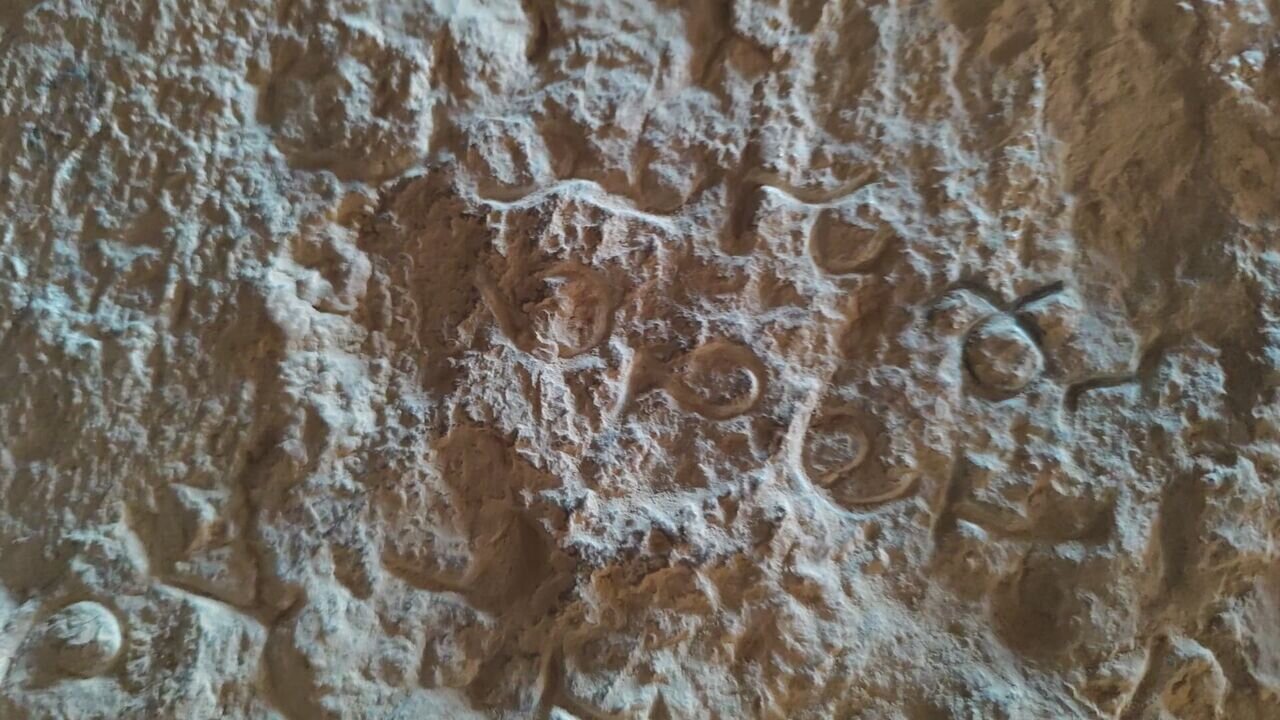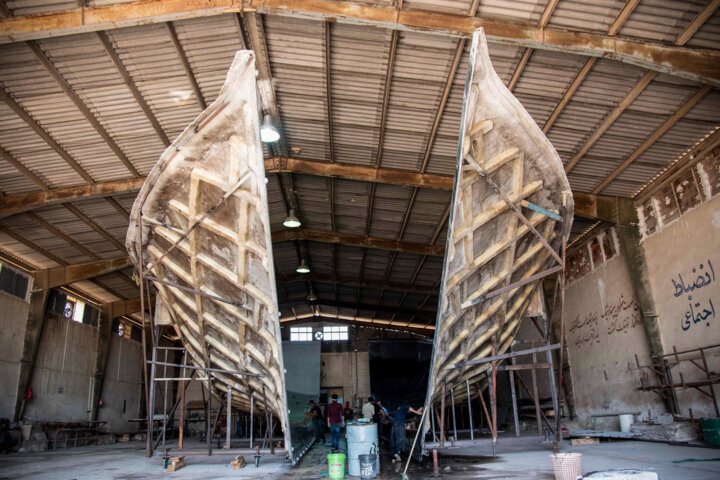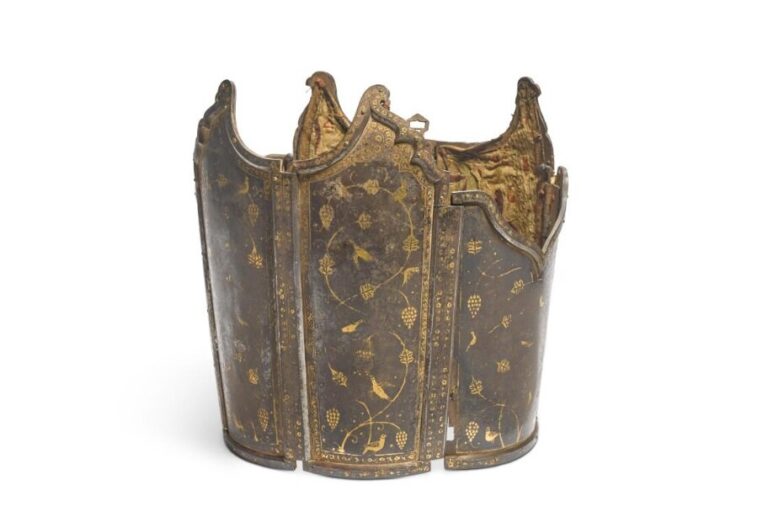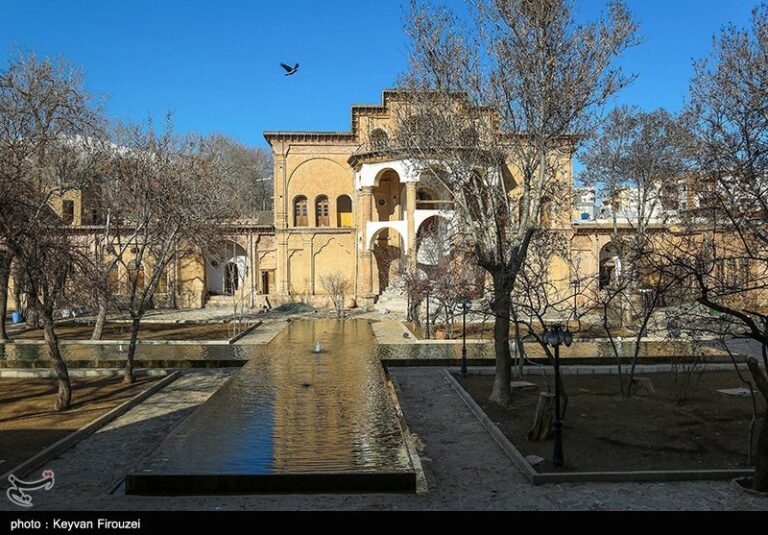Ancient Sassanid Era Gravestone Inscription Discovered in Fars Province
In a significant archaeological discovery, a historical grave stone inscription has been uncovered in Abadeh, Fars province. This remarkable find adds to our understanding of the region’s rich history and cultural heritage.
Abolhassan Atabaki, a dedicated researcher with a PhD in History, has played a pivotal role in decoding the inscription’s language. Collaborating closely with tour guides Babak Parsa-Jam and Arash Namiranian, Atabaki has shed light on this intriguing artifact.
According to Atabaki, preliminary studies suggest that the inscription was hidden away in a small cave, intentionally concealed from visitors. Accessing this inscription has proven to be challenging, which adds to the mystery surrounding it.
Atabaki elaborated that the grave stone is associated with a rock grave or mass burial site. He noted that the inscription, written in Pahlavi script and dating back to the late Sassanid era, has been documented and submitted to the Fars Cultural Heritage Department for potential registration on the National Heritage List.
The full transcription of this inscription is expected to be published soon in a scientific journal, promising to provide further insights into the historical context of the region.
Key highlights of this discovery include:
- Historical Significance: The inscription predates other Pahlavi inscriptions found in nearby sites such as Kalat Bahman and Qaleh Gabari.
- New Identity for Abadeh: Babak Parsa-Jam emphasized that this Pahlavi inscription could redefine the historical narrative of Abadeh city.
- Rich Archaeological Background: Archaeological excavations indicate that Abadeh has been inhabited since the First Millennium BC, serving as a crucial settlement for caravans and a trade route between northern and southern Iran.
Abadeh, often referred to as the gateway to Fars province from the north, stands out not only for its archaeological importance but also for its cultural heritage. The recent discovery of this grave stone inscription further cements its role in the historical tapestry of Iran.
The inscription’s language and age offer valuable insights into the cultural and historical dynamics of the late Sassanid period. The Pahlavi script, used in this inscription, serves as a crucial link to understanding the historical narratives and practices of the time.
Atabaki’s research, in conjunction with the efforts of local tour guides, highlights the importance of collaborative endeavors in uncovering and preserving historical artifacts. Such teamwork not only enhances the understanding of local history but also promotes tourism and education in the region.
As the documentation process continues, the anticipation surrounding the full reading of the inscription grows. Researchers and history enthusiasts alike look forward to the upcoming article that will reveal the intricate details of this significant find.
In summary, the discovery of the historical grave stone inscription in Abadeh marks an important milestone in the study of Iran’s cultural heritage. It showcases the region’s historical depth and opens new avenues for research and exploration. As more information becomes available, the implications of this find for the history of the region will undoubtedly become clearer, enriching our understanding of Abadeh’s past.
This revelation underscores the ongoing importance of archaeological research and heritage conservation in maintaining the historical narrative of Iran and its diverse cultural identity. As further studies are conducted and the inscription is fully analyzed, its impact on the historical understanding of Abadeh and its surrounding areas will likely be profound.






